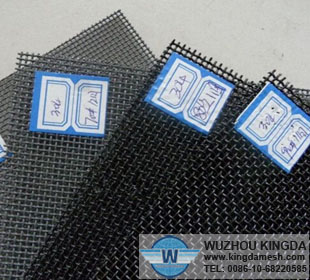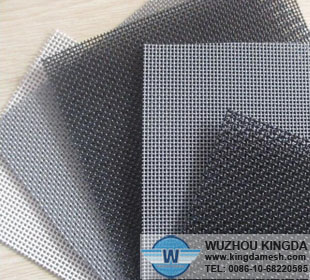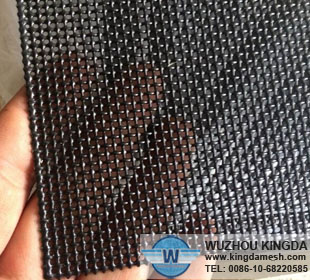Stainless steel screens Used for Insect Control
Insect screens are mesh devices installed over windows and doors in some homes. These Stainless steel screens are designed and manufactured to control the flow of insects into homes.
Undesired pests are too large to fit through the mesh holes in the screening, effectively keeping the insects outside. There are different types of Stainless steel screens used for insect control. Each serves a slightly different purpose.
Brass and stainless steel screens are tougher than other types. They are generally effective at keeping insects out and tend to be sturdier, more rigid and longer lasting than screens made of other materials.
The size of the mesh varies, and may allow smaller insects to pass through. Unlike brass and stainless steel screens, acrylic screens are made from acrylic yarn. Because of the materials used to make the yarn, it resists sliding and keeps the shape of the screen holes well.
Weaved Stainless steel screens are the most popular among constructed screens. These Stainless steel screens are designed to allow both air flow and insect control.
Because of the design of the woven mesh, insects cannot penetrate the holes, which are still large enough for proper ventilation and light infiltration. However, incorrect weaving may lead to the screen not functioning properly. Hole distortion is a sign that the weave is not functional.
Monofilament screens are named after the type of thread used to create the mesh of the screen. Unlike multifilament screens, in which several strands of fibers are woven together to make thread, monofilament thread is made of just one strand of material. This type of screen is sturdy and longer lasting than multifilament and it is more effective in protecting your home from insects.
Unlike woven Stainless steel screens, film screens are made by punching several tiny holes into a sheet or film of polythene material. These types of screens do not inhibit insects as well as others, but the costs for such screens are lower than for others. They tend to be weaker, offering less air flow and very little ultraviolet protection.
- Prev : How to Fix a Broken Window Screen
- Next:No Article




